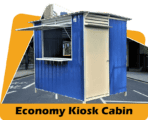How to Build a House That Won’t Cost You (or the Earth) a Fortune | RumahHQ
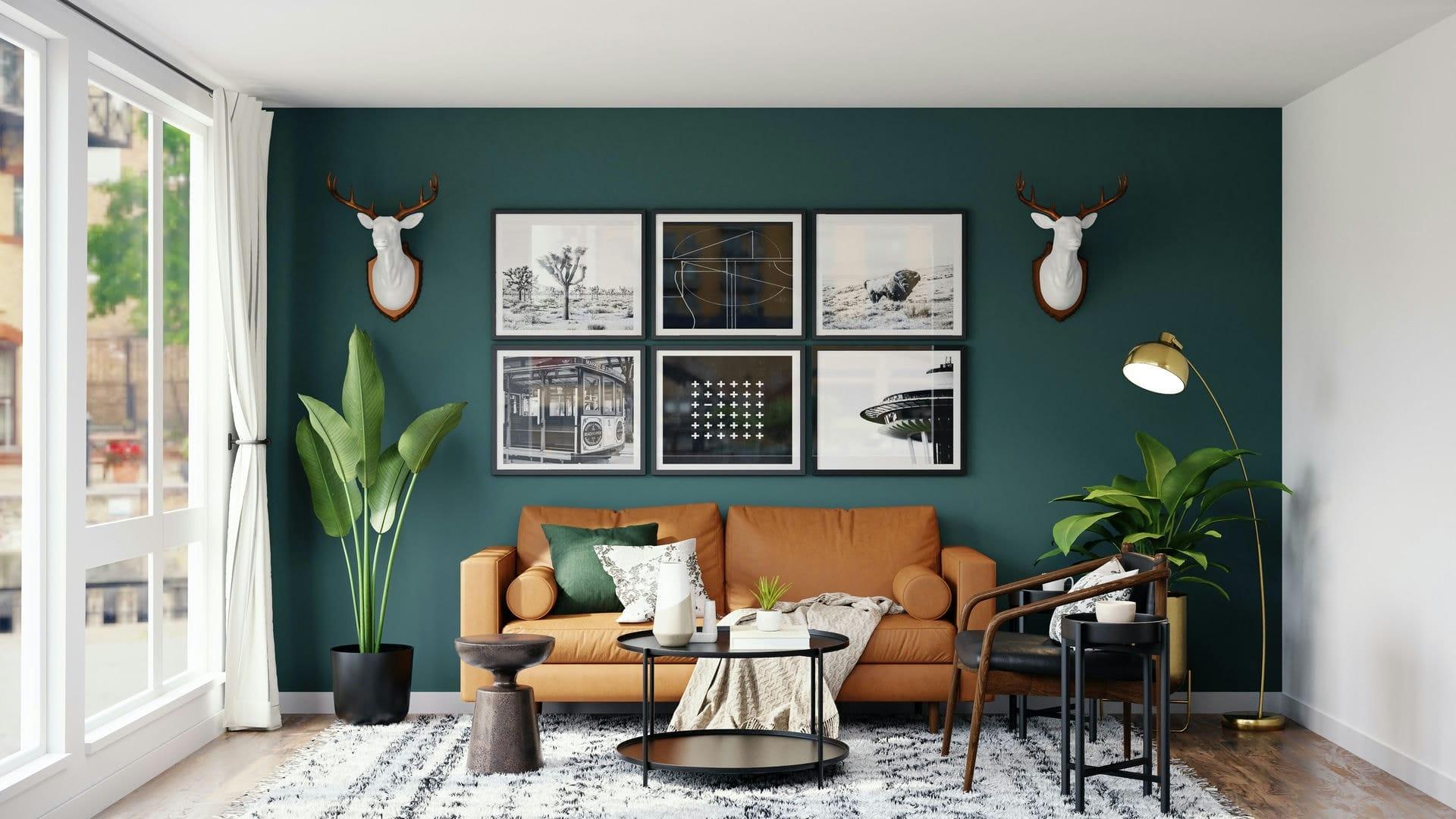
Building a house can feel like a dream come true, but let’s be honest—it often comes with a nightmare of costs and environmental concerns. If you’re eyeing that perfect home but cringing at the price tag and the carbon footprint, you’re not alone! In Malaysia, where lush jungles meet bustling cities, there’s a growing movement towards creating spaces that not only suit our lifestyles but also respect our beautiful Earth. So, how do we find that sweet spot between budget-friendly construction and eco-conscious living? In this article, we’re diving into practical tips and creative strategies that will help you build a house that’s kind to your wallet and the environment. Let’s explore how we can craft the home of our dreams without breaking the bank or harming the planet!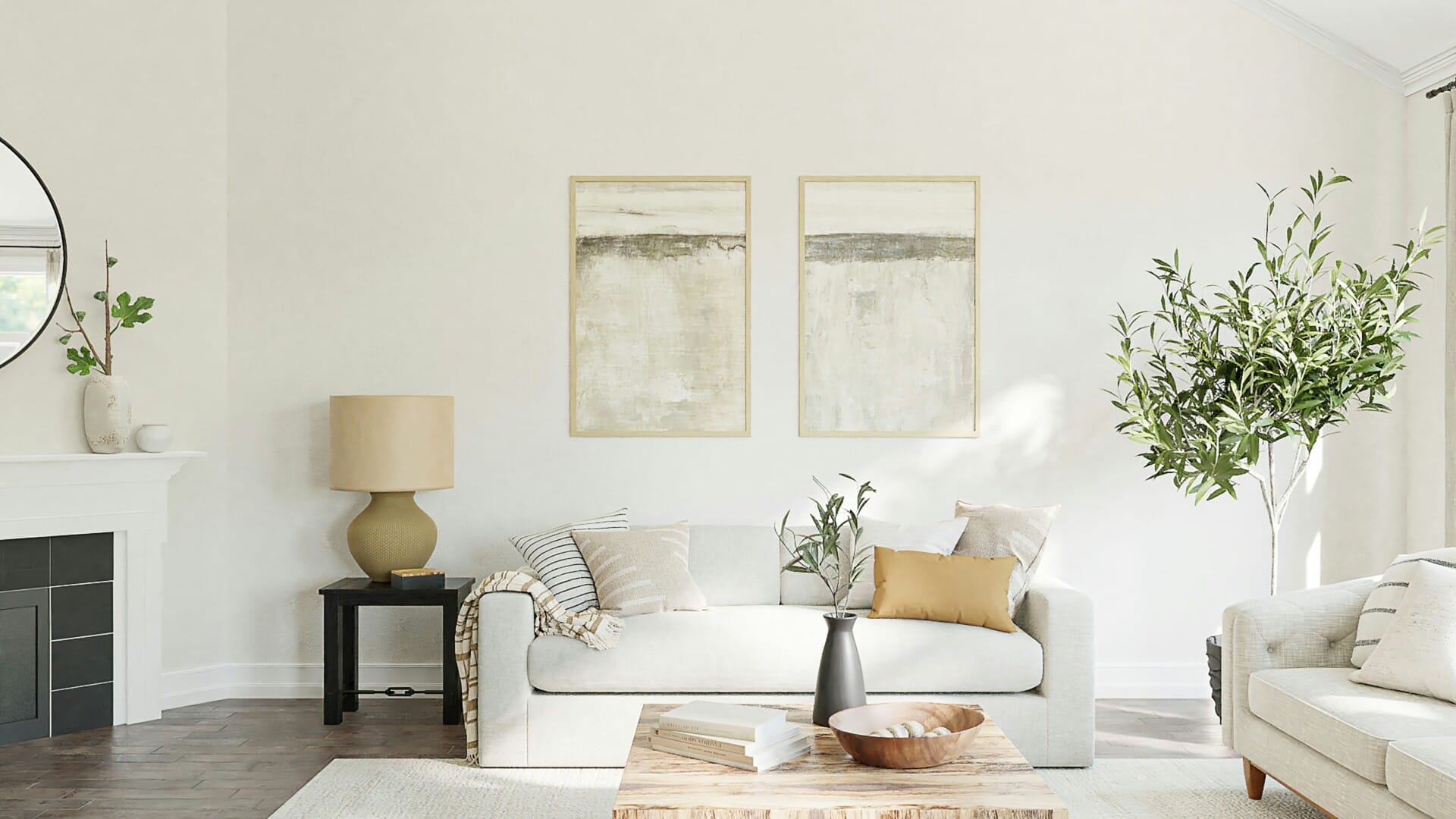
Choosing Sustainable Materials for Your Dream Home
When it comes to building your dream home, choosing the right materials is like picking the best friends for a lifelong journey. You want those that not only match your style but also respect the planet. Think bamboo for its strength and rapid growth, or reclaimed wood, which brings character and warmth while reducing waste. Plus, there’s always recycled metal, a durable option that looks great and has a smaller carbon footprint. Each choice tells a story—make sure it’s one you’re proud to share.
One savvy move is to check for certifications when selecting materials. Look for labels like FSC (Forest Stewardship Council) for wood, which ensures sustainable harvesting practices. For insulation, materials like sheep’s wool or cellulose from recycled paper provide excellent thermal performance with lower environmental impacts. You might even come across energy-efficient windows made from recycled materials, which not only keep your home cozy but also lower energy bills. A pinch of research can go a long way!
| Material | Benefits | Notes |
|---|---|---|
| Bamboo | Fast-growing, strong, renewable | Great for flooring and furniture |
| Reclaimed Wood | Unique character, reduces waste | Ideal for beams and cabinetry |
| Recycled Metal | Durable, less environmental impact | Perfect for roofing and structural elements |
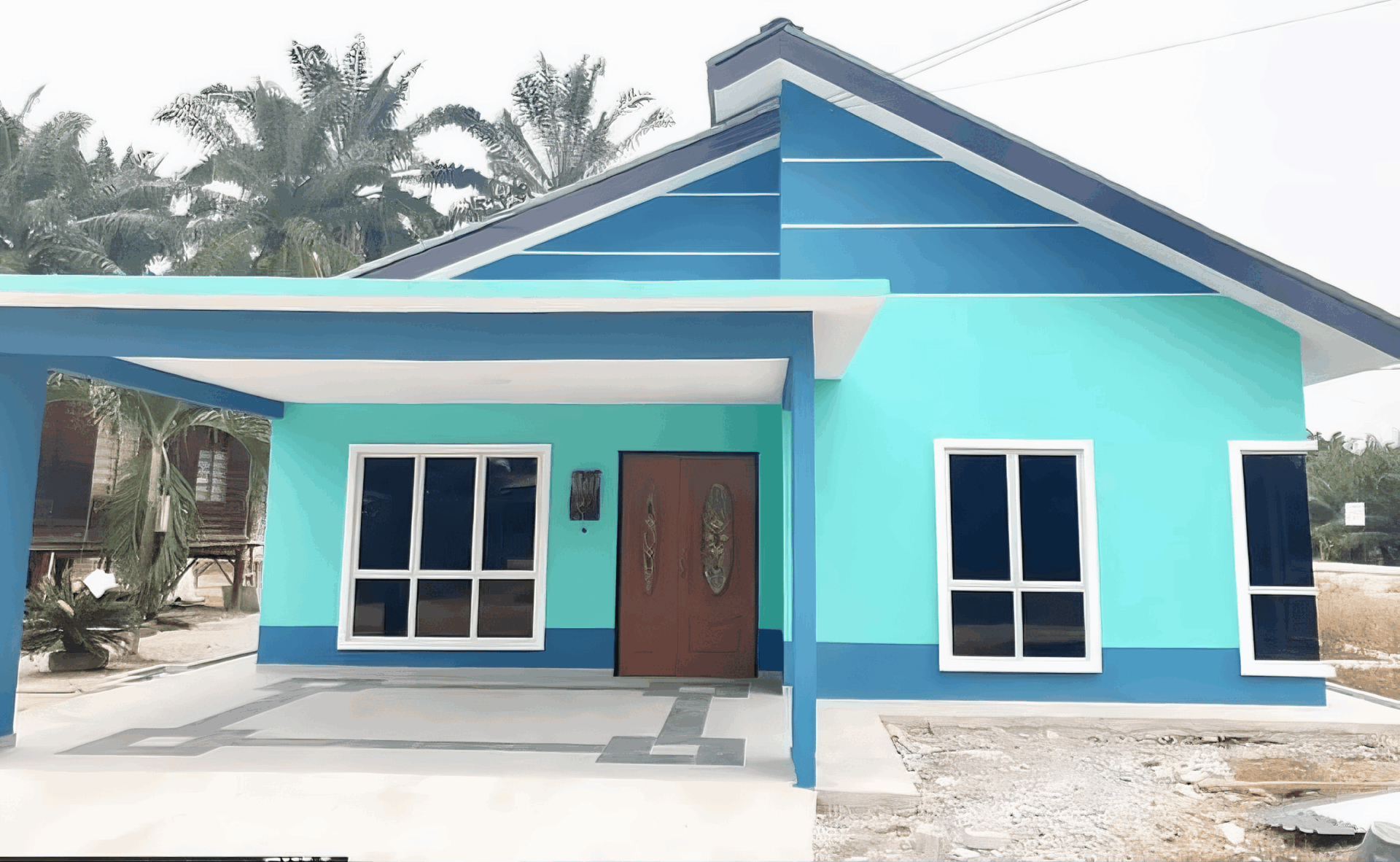
Designing for Energy Efficiency and Natural Light
Creating a home that’s both eco-friendly and filled with natural light doesn’t have to be complicated or pricey. Start by orientating your house to make the most of sunlight. Positioning living areas on the south side allows for maximum sun exposure during the day, reducing the need for artificial lighting. Consider installing large windows, skylights, or even glass doors that open to patios or gardens. These features not only brighten up your space but also create a seamless connection between indoor and outdoor environments.
To further enhance energy efficiency, choose materials wisely. Sustainable options like bamboo flooring or recycled glass tiles can be both stylish and budget-friendly. Here are some materials to consider:
- Solar panels: Harness the sun’s power to cut down on electricity bills.
- Insulated windows: Keep your home cool in hot Malaysian weather.
- Green roofs: These can help keep your home naturally cool while contributing to biodiversity.
Don’t forget to landscape thoughtfully. Planting trees strategically around your home can provide natural shade, keeping your indoor spaces cooler during the sweltering heat. You can even look into native plants that require less water and maintenance, making your garden not only beautiful but also sustainable. A well-planned outdoor area can complement your design, maximize natural light, and reduce your overall energy consumption, all while ensuring your home remains a harmonious part of the natural world.
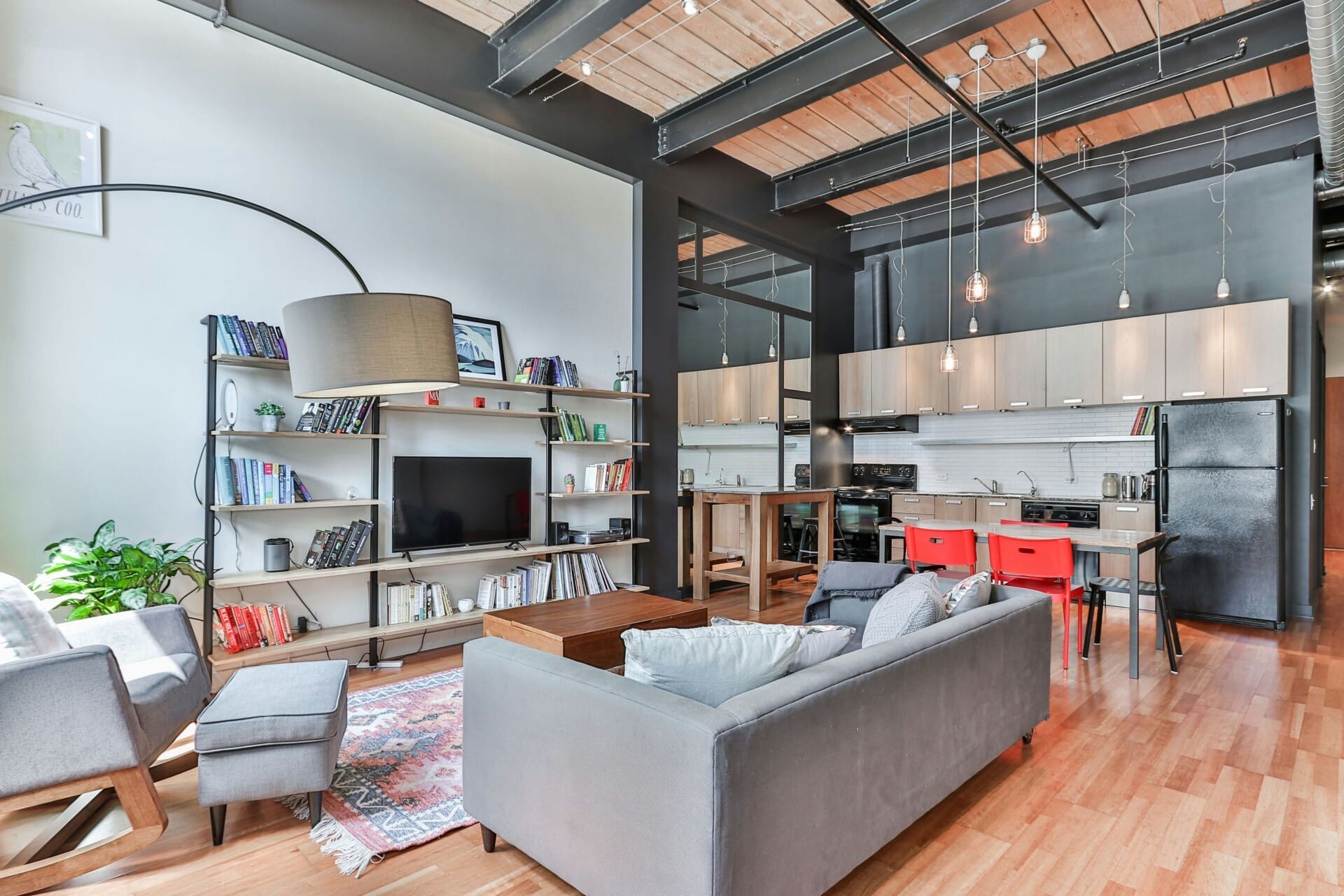
Incorporating Smart Technology to Reduce Long-Term Costs
Integrating smart technology into your home is like having a personal assistant who helps manage everything efficiently, and it can lead to substantial long-term savings. Imagine a system that allows you to control lighting, heating, and air conditioning from the palm of your hand. Not only does this increase comfort, but it also ensures you’re not wasting energy when you’re not home. Some popular smart tech to consider includes:
- Smart Thermostats: These learn your schedule and adjust the temperature automatically to save energy.
- Smart Lighting: Control lights remotely or set schedules to ensure they are off when not in use.
- Leak Detection Sensors: They alert you to any leaks in real-time, preventing costly repairs later on.
Beyond individual devices, think about systems that can sync together to offer greater functionality. A smart home ecosystem can provide efficiency and convenience; imagine a scenario where your smart thermostat, security system, and appliances communicate with each other. For instance, when you leave home, your security system could activate and immediately ensure that all lights and heating systems are turned off—saving both energy and money.
| Smart Tech | Long-Term Benefits |
|---|---|
| Smart Thermostat | Reduces energy bills by up to 30% |
| Smart Lighting | Lower electricity usage by 15-20% |
| Smart Appliances | Decreases water and energy consumption |
Lastly, while there may be a higher upfront cost for smart technology, the return on investment becomes clear over time. By cutting down your utility bills and increasing your home’s efficiency, smart technology pays for itself. Also, many governments offer incentives or rebates for homeowners who adopt energy-efficient upgrades, making the transition easier on your wallet. Embracing these innovations not only fosters a sustainable living environment but also positions your home for a brighter, cost-effective future.
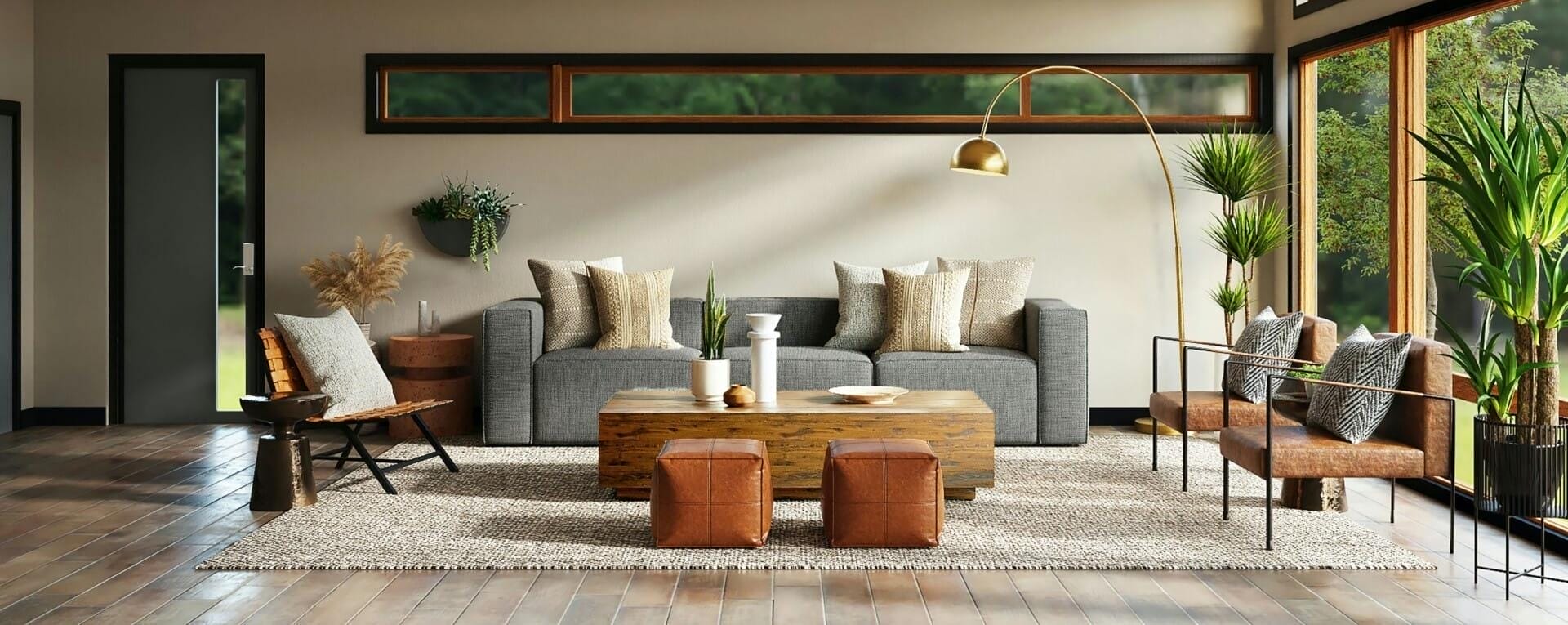
Understanding the Importance of Location and Site Selection
Choosing the right location for your new home isn’t just about finding a picturesque view; it’s about balancing cost, convenience, and ecological impact. The ideal spot should align with your lifestyle needs, whether that means proximity to schools, work, or other essential services. Think about the community you want to be part of—are you looking for a bustling neighborhood or a serene, rural escape? Finding this balance can set the tone for how much you enjoy your space for years to come.
When it comes to site selection, it’s crucial to consider the following factors that can influence both your budget and environmental footprint:
- Accessibility: How easy is it to get to the site from major roads and public transport?
- Natural Hazards: Is the area prone to flooding, earthquakes, or other risks?
- Local Infrastructure: Are there schools, hospitals, and other essential services nearby?
- Community Zoning Regulations: What are the rules that might affect your building plans?
Additionally, examining the land itself is pivotal to ensure sustainability. Look into factors like soil quality and drainage, which can heavily impact construction costs later. Below is a simple comparison of land types that might determine your choice:
| Land Type | Pros | Cons |
|---|---|---|
| Urban | Close to amenities, better resale value | Higher costs, noise and pollution |
| Suburban | Balance of space and convenience | May lack public transport, increasing dependency on cars |
| Rural | Lower land costs, quiet environment | Limited services, potential isolation |
Exploring Innovative Construction Techniques for Cost Savings
In the quest for affordable house construction, innovative techniques are emerging as game-changers. One of the most exciting developments is modular building, where sections of a house are pre-built in a factory and then assembled on-site. This method not only reduces labor costs but also minimizes material waste, making it a win-win for both your wallet and the environment. Plus, with shorter construction times, you can move into your dream home much faster.
Another noteworthy approach is using sustainable materials. Opting for bamboo, recycled steel, or even earth blocks can drastically cut down the energy required to produce traditional building materials. These alternatives are not just eco-friendly; they can also offer excellent durability and thermal efficiency. By thinking outside the conventional box, homeowners in Malaysia can craft a beautiful abode that aligns with their budget and values.
Here’s a simple breakdown of some innovative methods and their benefits:
| Technique | Benefits |
|---|---|
| 3D Printing | Reduced labor costs, eco-friendly materials |
| Green Roofs | Improved insulation, reduces energy costs |
| Passive Solar Design | Maximizes natural light, lowers heating costs |
By embracing these innovative construction techniques, you not only create a home that’s friendly to your budget but also one that nurtures the planet. The power of smart design and sustainable materials can make a significant difference in achieving both cost efficiency and environmental sustainability. With creativity and careful planning, the house of your dreams can be both affordable and eco-conscious.
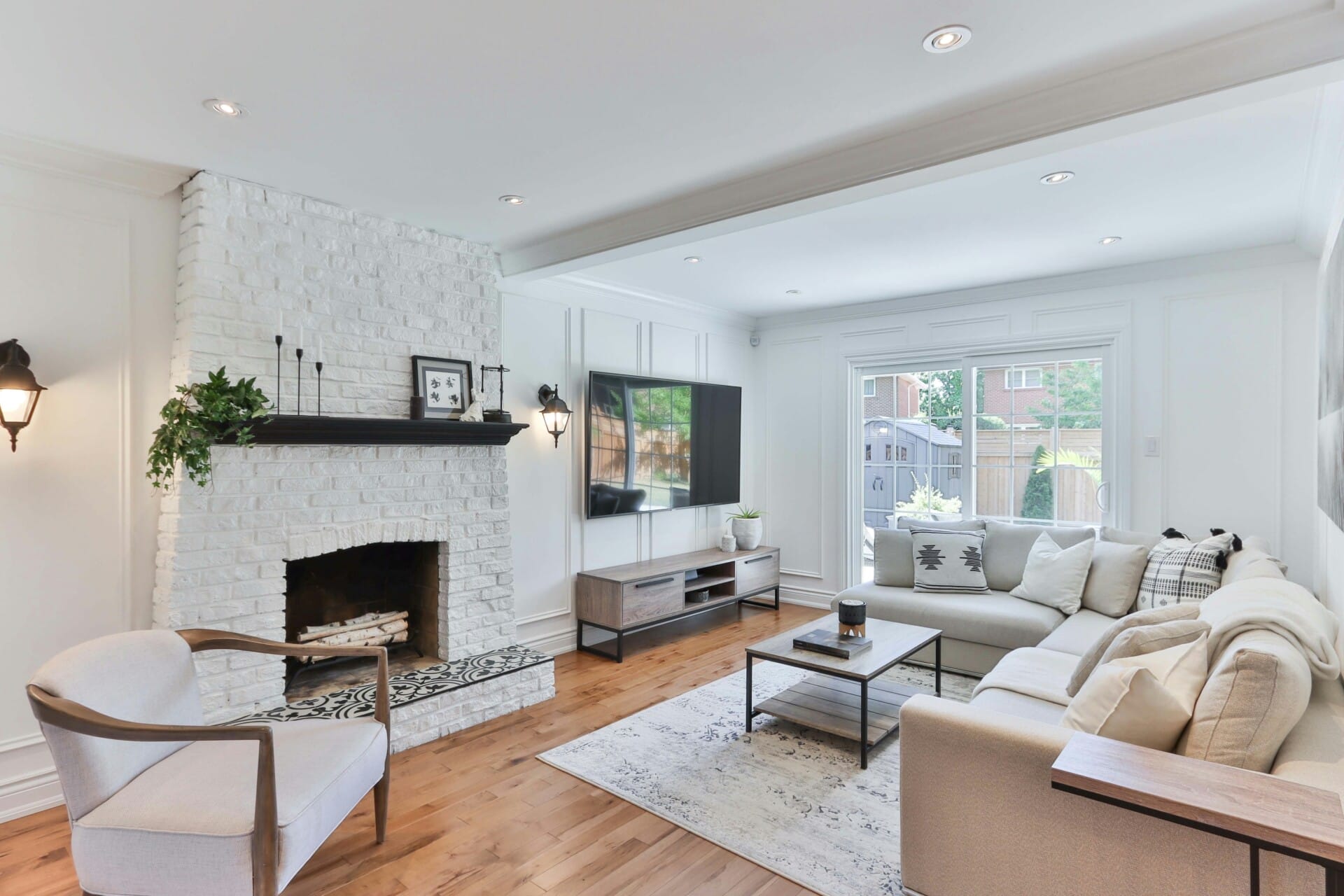
Utilizing DIY Approaches to Save Money and Engage with Your Space
When it comes to building your dream home, diving into DIY projects can not only save you money but also help you develop a deeper connection with your space. Rather than relying solely on contractors, why not roll up your sleeves and get hands-on? This approach allows you to control the budget while injecting your personality into every corner. For instance, you could craft your own furniture or even try your hand at tiling—both rewarding and surprisingly budget-friendly!
Consider tackling simple landscaping projects that don’t just beautify your home but also enhance its sustainability. Planting native plants, which require less water and maintenance, is a practical way to start. You could create a small vegetable garden to reduce grocery bills and enjoy fresh produce right from your backyard. Here’s a quick list of eco-friendly landscaping ideas that won’t break the bank:
- Compost bins made from repurposed pallets
- Rainwater collection barrels to save on water costs
- Stone pathways from local river stones
Choosing to DIY isn’t just about saving a few bucks; it’s also about making informed, sustainable choices. Building with reclaimed materials or investing in energy-efficient appliances can significantly reduce both your expenses and your environmental impact. If you’re wondering how much you can save by opting for reused materials, take a look at the following table:
| Material Type | New Cost | Reused Cost | Potential Savings |
|---|---|---|---|
| Windows | RM 1500 | RM 700 | RM 800 |
| Doors | RM 600 | RM 250 | RM 350 |
| Flooring | RM 3000 | RM 1000 | RM 2000 |
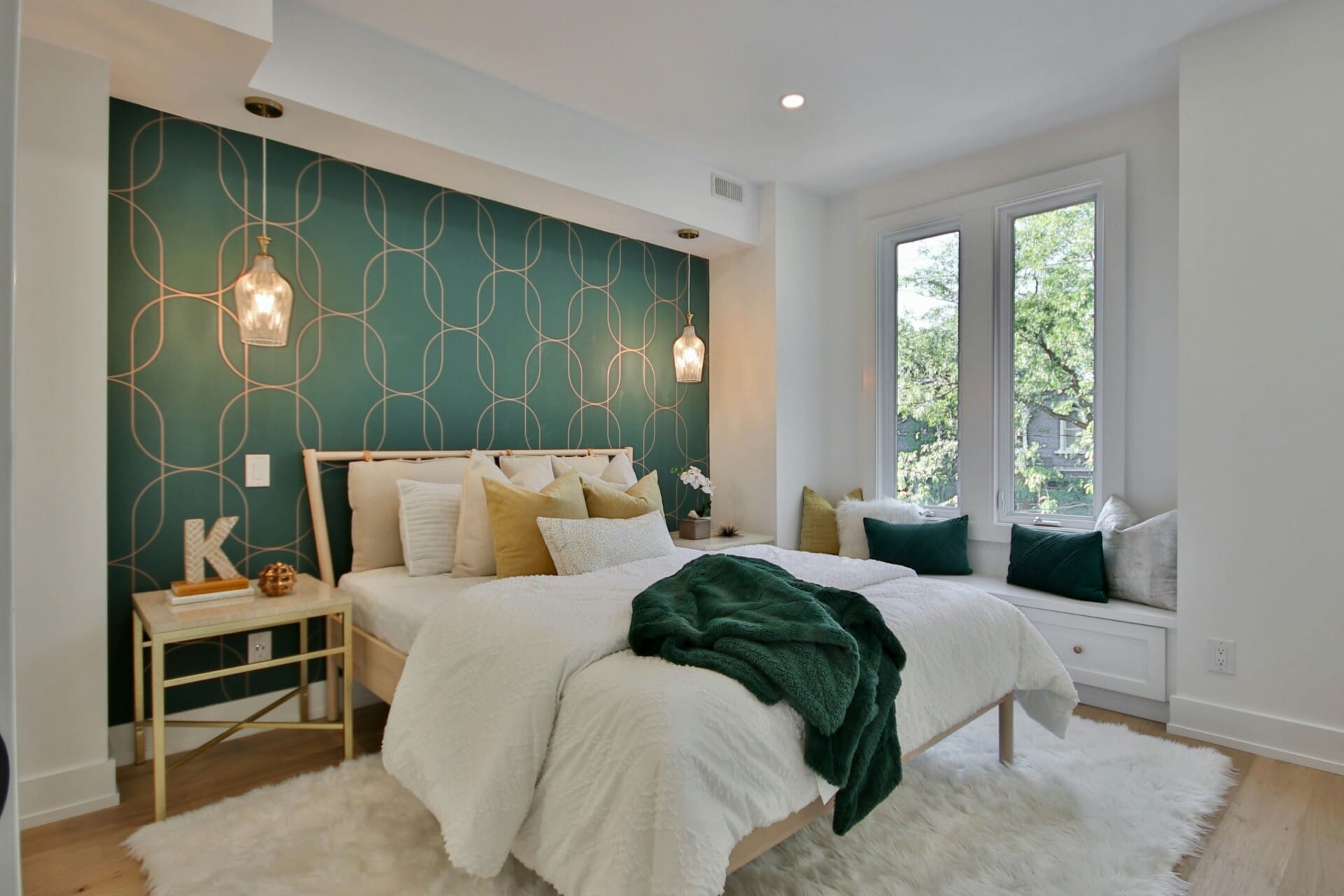
Creating a Budget-Friendly Landscaping Plan for Eco-Friendly Living
Designing a green space that’s easy on your wallet doesn’t have to be complicated. Start by integrating native plants into your garden. These plants are already adapted to your local climate, meaning they require less water and pest control. This not only reduces maintenance costs but also supports local wildlife. Consider including species like:
- Hibiscus
- Bunga Kertas (Bougainvillea)
- Frangipani
Next, upcycle materials whenever possible. Instead of purchasing new planters or garden borders, look around your home for items that could be repurposed. For example, old wooden pallets can be transformed into planters or garden furniture with a little creativity and some basic tools. You can also create pathways using crushed stones or reclaimed bricks, which adds charm to your garden without breaking the bank.
plan for seasonal planting to create a dynamic landscape all year round. Many plants flourish during specific months, so stagger your planting schedule to ensure continuous bloom and greenery. Below is a simple schedule that can guide you:
| Month | Suggested Planting |
|---|---|
| January | Hibiscus |
| April | Bunga Kertas |
| August | Frangipani |
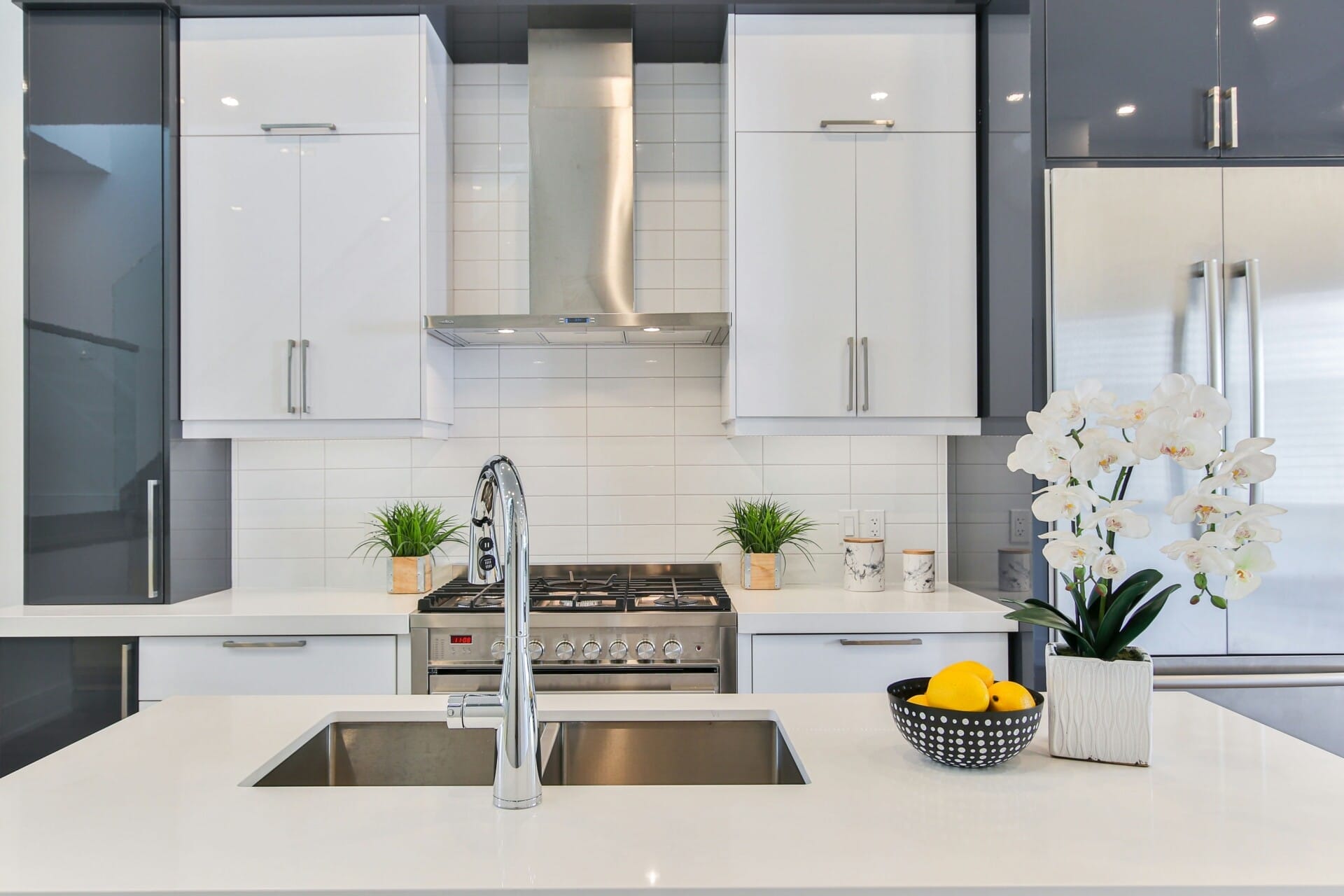
Implementing Water Conservation Strategies in Your Home Design
Integrating water-saving features into your home design can play a vital role in conserving one of our most precious resources. Start by considering rainwater harvesting systems, which can collect and store rain from your roof for use in irrigation, flushing toilets, or even washing your car. This not only reduces your dependence on municipal water supply but also helps manage stormwater runoff, which is especially important in areas prone to flooding. Additionally, think about installing native plants in your landscaping. These plants are adapted to the local climate and require less water, making them a sustainable choice for your garden.
Another smart strategy involves choosing water-efficient fixtures for your bathrooms and kitchens. Low-flow faucets and showerheads can significantly reduce water usage without sacrificing performance. Consider also installing dual-flush toilets that allow you to choose between a full flush for solid waste and a reduced flush for liquid waste, optimizing water consumption. If you’re inclined to go the extra mile, incorporate smart technology like moisture sensors in your irrigation systems. These will ensure that your garden only receives water when necessary, further reducing waste.
don’t overlook the importance of thoughtful design in water conservation. Installing permeable paving materials for your driveway can help absorb rainwater, decreasing runoff and preventing erosion. Creating a grey water system to recycle water from baths, sinks, and washing machines can also be an innovative solution for irrigating your garden. Below is a simple table outlining some effective water conservation tips for home design:
| Strategy | Description |
|---|---|
| Rainwater Harvesting | Collects rainwater for irrigation and non potable use. |
| Water-efficient Fixtures | Includes low-flow faucets & dual-flush toilets. |
| Native Landscaping | Utilizes plants that require less water. |
| Permeable Paving | Allows water absorption to reduce runoff. |
| Grey Water Systems | Recycles water from sinks and baths for irrigation. |
In Retrospect
As we wrap up our journey on how to build a house that’s easy on your wallet and the planet, remember, it’s all about smart choices and a sprinkle of creativity. Whether you’re eyeing sustainable materials, energy-efficient designs, or just a cozy little nest that feels like home, every step you take can make a difference.
Building a house is not just about bricks and mortar; it’s about crafting a space where memories are made while keeping our beautiful Earth safe for generations to come. So, don’t be afraid to think outside the box, get a little crafty, and explore the eco-friendly options that fit your lifestyle and budget.
In the grand scheme of things, every small effort counts, and you’ll not only create a unique living space but also contribute to a greener Malaysia. So roll up your sleeves and dive into this exciting adventure. Happy building!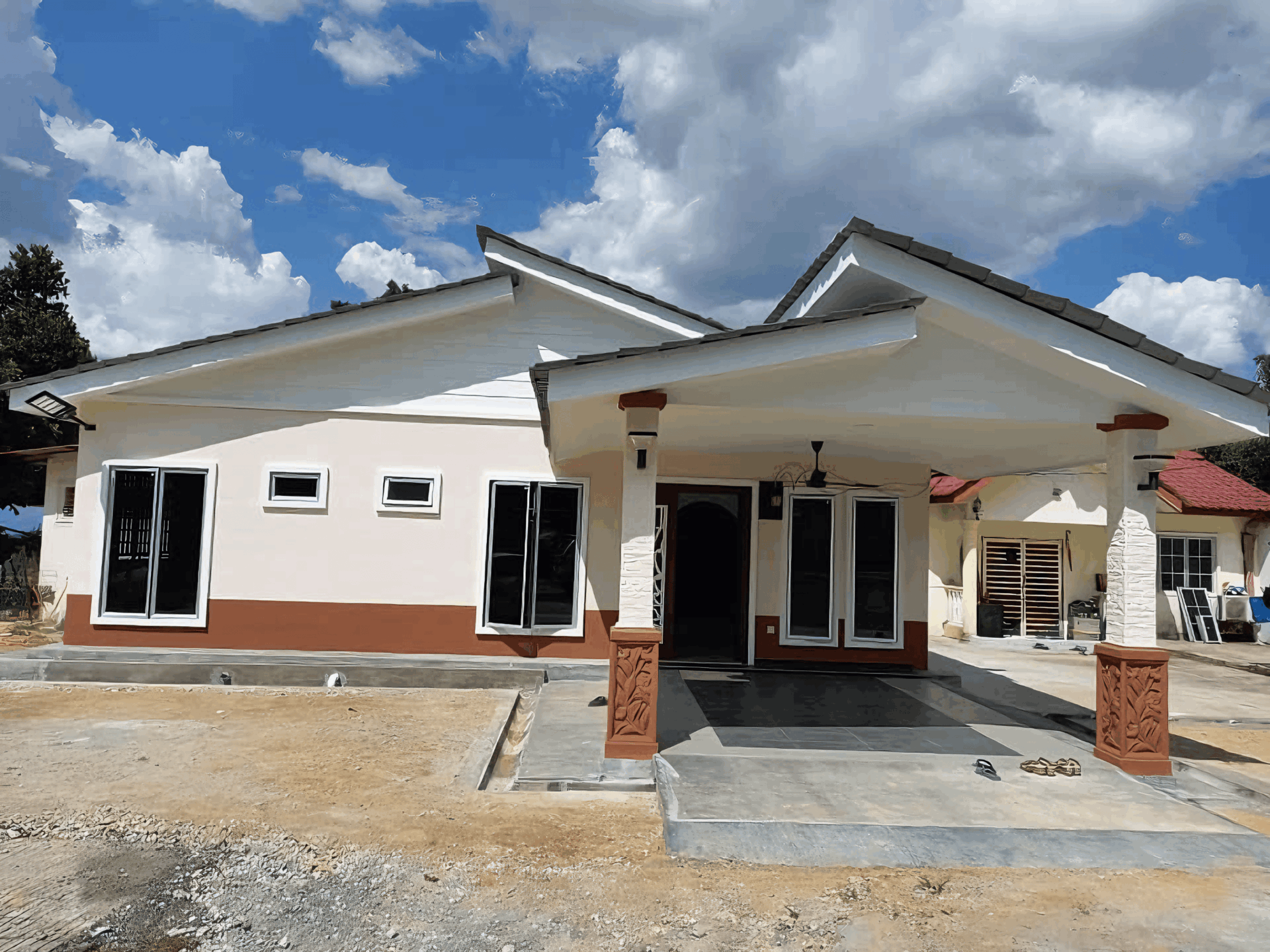
kontraktor rumah
bina rumah
pinjaman lppsa
pengeluaran kwsp
spesifikasi rumah
rumah batu-bata
pelan rumah
rekabentuk rumah
bina rumah atas tanah sendiri
kontraktor rumah selangor
rumah banglo
Source link








